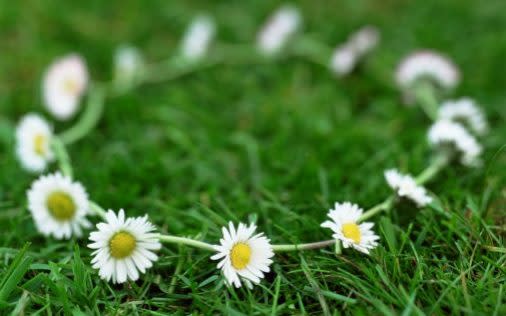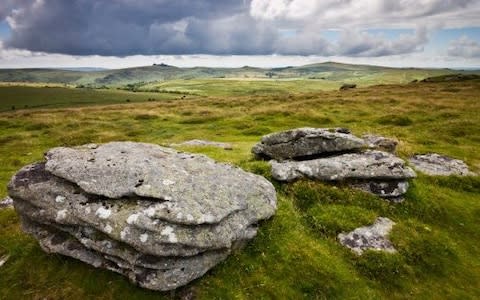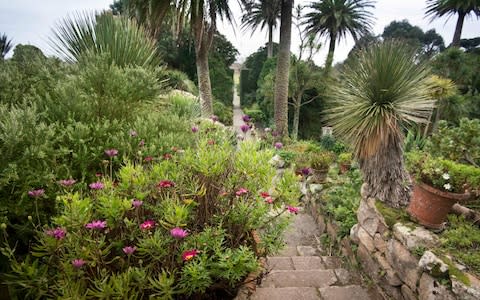Ken Thompson: the annual hunt for Britain's most common flower

Every year the BSBI (Botanical Society of Britain and Ireland) organises a New Year Plant Hunt (NYPH). Its mission is simple: identify and count all the plants you can find in flower during a 3-hour walk in a four-day period over New Year. The results for 2018 have now been collated and analysed, and can be seen on an interactive map on the BSBI website.
The plant most frequently found (streets ahead of its nearest rival, and surely a great pub quiz question) was common daisy, Bellis perennis. But as ever, much of the fun is in the detail, which quickly reveals that location is crucial. I write from south Devon, and one of the longest lists comes from just down the road on the coast at Brixham. On the other hand, a list from Two Bridges in the middle of Dartmoor, only a few miles away but a long way uphill, consists of a single plant: common gorse. I’m not surprised; however hard you look, I suspect it wouldn’t have been easy to get into double figures at Two Bridges.

Nationally, the longest and third longest lists come from sites a few miles apart in the far west of Cornwall, while second place goes to a list from Swanage. Mind you, the winners, from Phillack on the north coast of Cornwall, got up to 114 species by not only displaying an ability to distinguish Conyza floribunda (Bilbao fleabane) from C. canadensis (Canadian fleabane), but they also recognised plants the rest of us have never heard of, such as Polypogon viridis (water bent) and Cyperus eragrostis (pale galingale).
But what the results mostly illustrate is that if you count or measure anything for long enough, interesting patterns emerge. The NYPH is only in its 5th year, but it’s already clear, climate change notwithstanding, that what really matters is the weather in the period leading up to the hunt. The number of people taking part has risen dramatically, but compared to the first three years, the average number of plants each group found was much lower in 2017 and 2018. Inspection of the weather records reveals that those first three hunts were preceded by an unusually mild autumn/early winter, while the weather during the last two years has been much more normal, i.e. cold.

The total number of species found in flower this year was a whopping 532, which is far more than reference books would lead us to expect. It’s tempting to assume that this is a much larger number than would have been found in the past, but since no-one was counting in, say, 1950 or 1960, the long-term pattern will only emerge when we’ve been doing this for quite a few more years.
What is already clear, however, is that the bulk of the ‘extra’ plants are not early, but late. That is, only a few of the unexpected plants found in flower at New Year are ones that we would normally expect to find in flower later in the spring. Mostly the extra plants are summer or autumn-flowering species ‘left over’ from the previous year. In fact spring-flowering plants generally need a period of cold before they can flower, and if winters become significantly warmer, it may even be that we will find fewer spring plants in flower at New Year in future.
One thing’s for sure, the NYPH is now an important fixture in the botanical calendar, and everyone is welcome to take part – you don’t have to be a BSBI member or an experienced botanist, and even nil records are important, so it’s OK if you don’t find anything. Plenty of tips to get you started on the BSBI website, so make a note in your diary for 2019.
Ken Thompson is a plant biologist with a keen interest in the science of gardening. His recent book The Sceptical Gardener is a collection of his columns for The Telegraph. Visit books.telegraph co.uk

